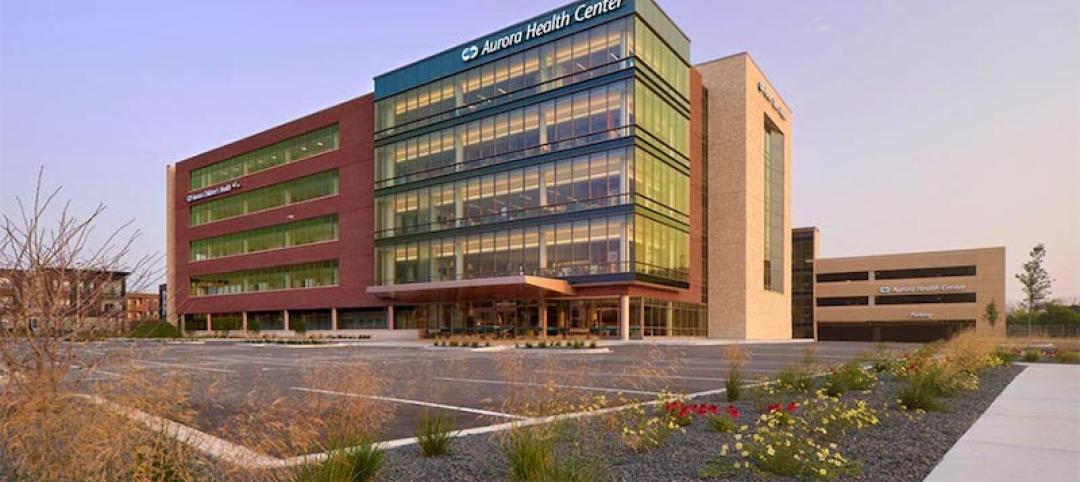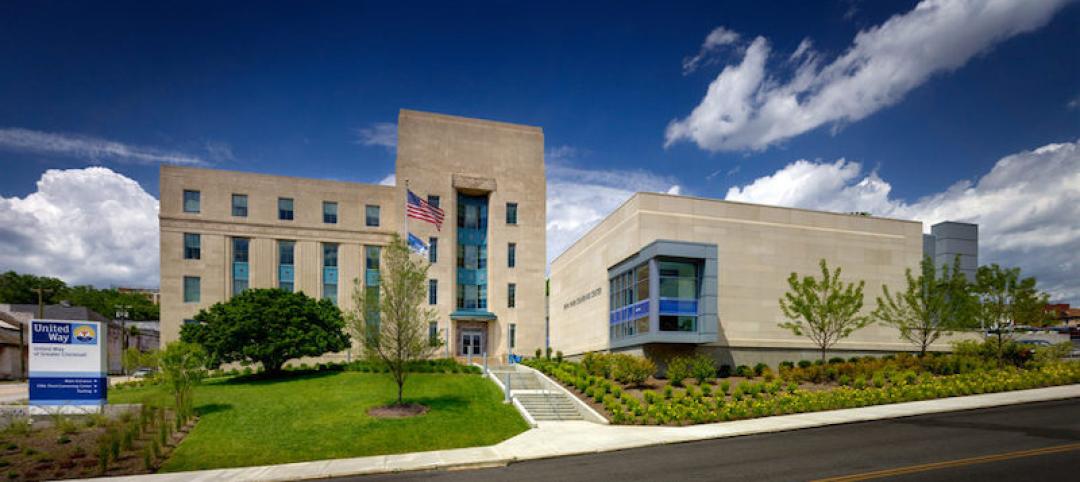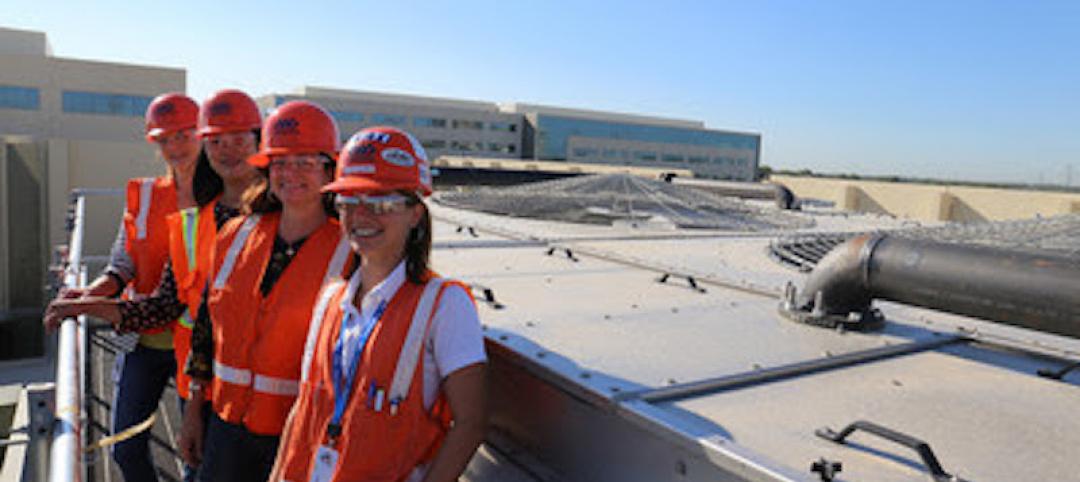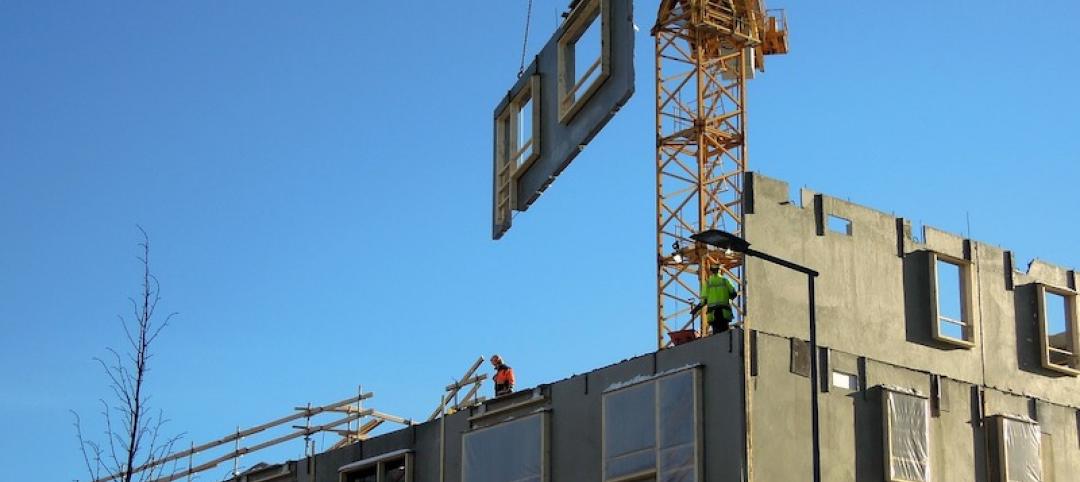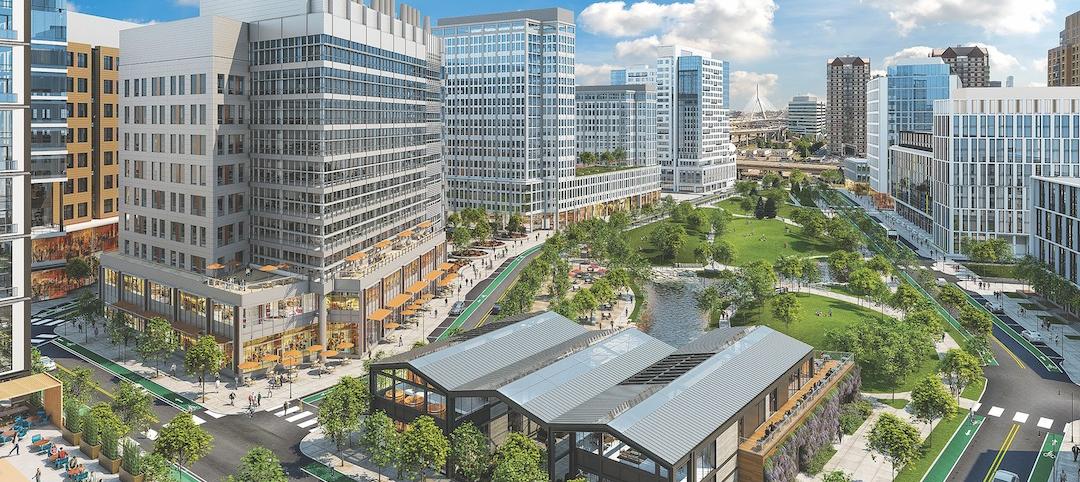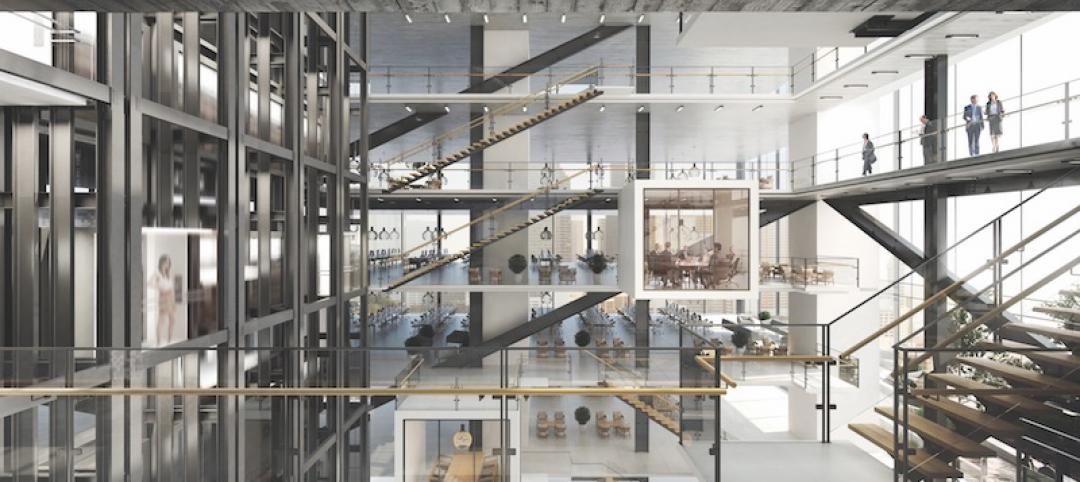After 11 months of hoping, praying, and more than a little begging, 18 finalist cities came away empty handed from the lottery for Amazon’s second headquarters, which promised the winner a Powerball of 50,000 high-paying jobs, $5 billion in direct investment, and an economic boon.
On Nov. 12, Amazon confirmed that it had chosen two locations—Long Island City in the New York borough of Queens, and the Crystal City neighborhood of Arlington, Va.—where it will split its hiring and investment plans for its second homes.
Amazon’s overhyped yet secretive selection process—starting with the announcement of its plans in September 2017, followed by a six-week pitch period that drew bids from 238 cities—produced a short list of metros whose elected officials and business leaders pleaded their cases and promised the moon: tax breaks, land grants, and infrastructure improvements in the billions of dollars. (Why this largesse should be bestowed on one company is a topic for another time.)
As it turned out, though, Amazon’s HQ2 picks may have been preordained. The two cities already had the greatest number of Amazon employees outside of Seattle, and they offer a robust talent pool. Arlington is also near Washington, D.C., where Amazon’s Chairman and CEO Jeff Bezos lords over the Washington Post.
See Also: Amazon selects HQ2 cities
If, in fact, the two winners were always the frontrunners, and this whole exercise was a charade (as some of the chagrined cities suspect), Amazon pulled off a masterful act of manipulation and mass hypnosis, convincing the other contenders they had a legit shot. Officials in places like Denver, Chicago, and Boston—which were among the “leaders” cited in media speculation—are probably still scratching their heads about why their cities were also-rans.
During its vetting process, the tech giant gained access to troves of financial and demographic data about the cities it was considering. I don’t think it’s too cynical to suggest that Amazon will eventually use this information for other business purposes.
What, exactly, will the two winning cities be getting for their efforts, aside from more mass transit congestion? Probably not equal to what Amazon’s 14-million-sf presence has meant to Seattle’s economy and growth.
The stage has been set for Round 2, where developers and AEC firms trip over each other trying to get a piece of whatever Amazon is planning to either build or renovate. (The New York Times reported that Amazon informed the winners that it wants 500,000 sf of office space available in 2019.)
But before any firms enter the fray, it’s worth remembering that Seattle-based NBBJ has designed a number of buildings for Amazon, including its Spheres glass domes in Seattle, for which Magnusson Klemencic Associates was the structural engineer.
Related Stories
Building Team | Aug 21, 2020
A healthcare project in Wisconsin benefits from including MEP subs in early design discussions
Prefabrication played a major role in quickening construction.
Coronavirus | Mar 30, 2020
Learning from covid-19: Campuses are poised to help students be happier
Overcoming isolation isn’t just about the technological face to face, it is about finding meaningful connection and “togetherness”.
Building Team | Jan 31, 2020
Red Wing unveils a work boot designed by women, for women
The boots are available now.
Libraries | Jan 23, 2020
Information or community center: The next generation of libraries must be both
Are libraries still relevant in a digital world?
Building Team | Dec 9, 2019
The right funding mechanism can help move your project forward
The following case studies illustrate some of the ways we’ve helped our clients navigate different tax credits.
Building Team | Nov 12, 2019
Autodesk and AGC to provide construction industry with custom-fitting safety harnesses for women
Construction technology provider and national trade organization launch grant program to help address industry need for better-fitting personal protective equipment (PPE) for women working at heights.
Building Team | Oct 7, 2019
Contractor Giants are all in on offsite construction
Speed, quality, advanced coordination, and schedule gains are commonly cited as benefits of offsite construction.
Building Team | Jul 17, 2019
12 key features your AEC website could be lacking
Today’s A/E/C firms can no longer rely on the brochure-style websites of the past.
Building Team | May 21, 2019
Real estate learns to share
The sharing economy puts a different spin on new construction and building operations.
Building Team | Mar 22, 2019
AEC firms go outside the box
A look at six products and companies incubated by AEC firms for commercial sale.



